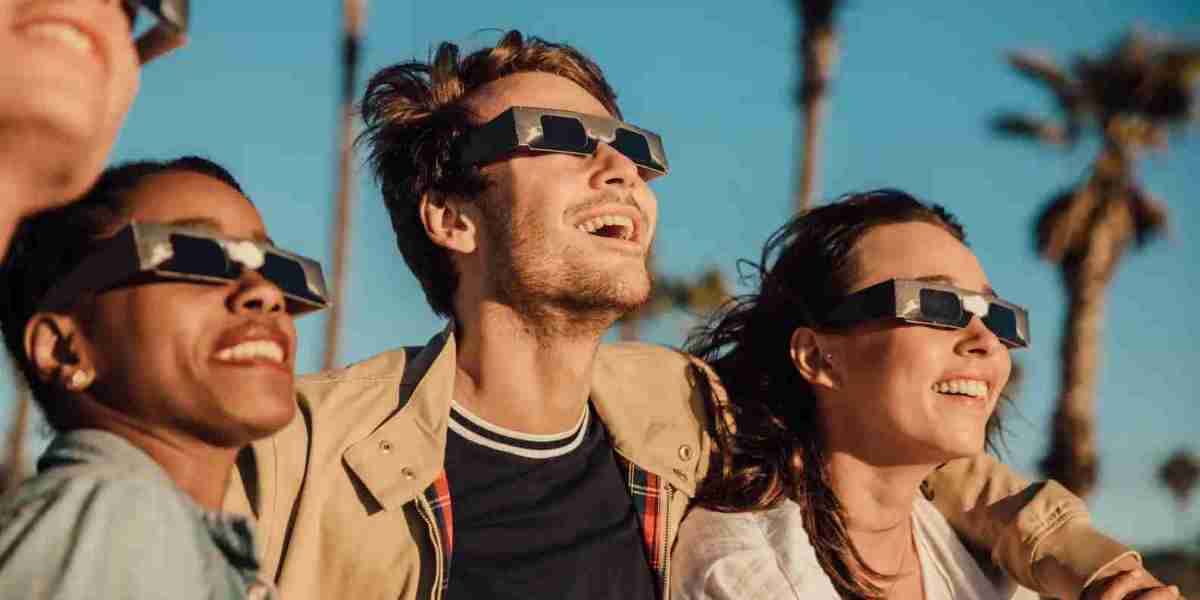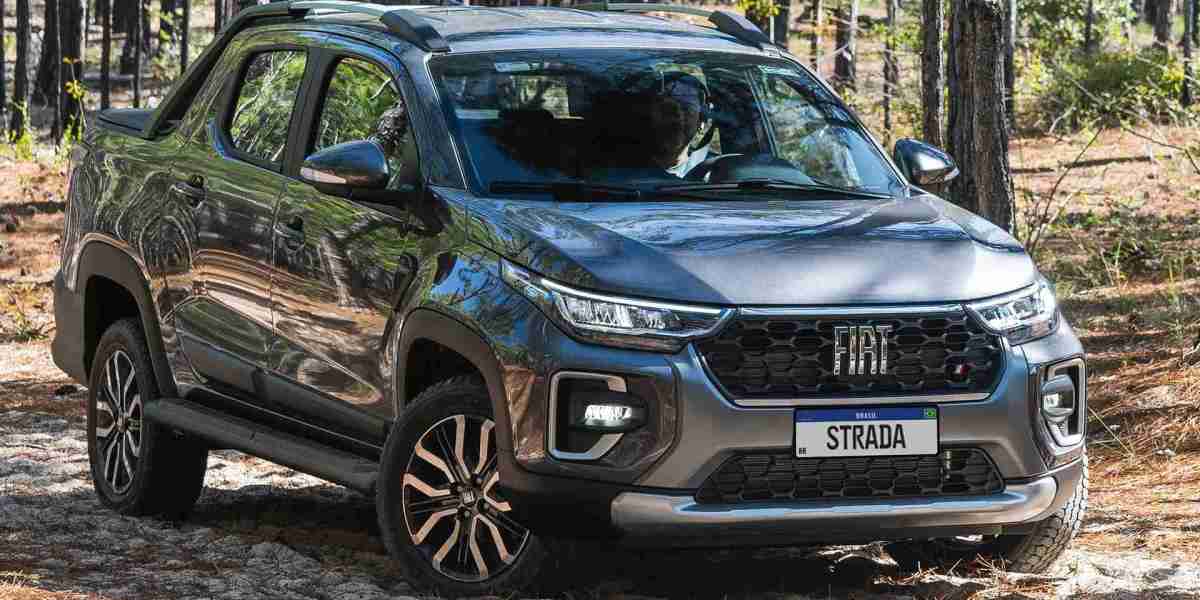The total solar eclipse is coming up in a matter of days, and a few lucky states in the US will have prime seats for the event. The path of totality will cross North America on a diagonal, and a few cities across Texas, Arkansas, Oklahoma, and even Maine and New York, among others, will be able to see the sun getting completely obscured by the moon for a few minutes.
The good news, though, is that you don't necessarily have to be located in those states to experience the eclipse. Sure, if you're outside the path of totality you won't get to see the moon blocking out the sun in its entirety, but depending on how far out from the path you find yourself on eclipse day, you'll be able to experience different degrees of eclipse. Therefore, you'll be able to catch different (and still unique!) glimpses of the celestial phenomenon.
You just have to know what percentage of totality your location is going to experience—and luckily for you, there are handy maps for that. The eclipse-centric website dubbed National Eclipse recently shared a map highlighting what percentage of the total solar eclipse you'll be able to see based on the city (or area around that city) you're in. The site also shared more specific maps, which highlight the same concept but on a state-to-state basis—you can find all those together with state-specific details right here.
But let's zoom back out and take a look at the entire country as a whole. According to the map, Columbus, Ohio will experience 99.8% of totality on April 8, while New Orleans residents will be able to see totality at 81.7%. If you're located further out in Denver, instead, the totality you’ll be able to witness will be 65.1%, and if you're out in Miami that percentage will be even lower, clocking in at 46.1%.

But what do those percentages mean, exactly? They mean that depending on the totality range of your location, you’ll see different versions of the eclipse. Dr. Michael Kirk, a research scientist in the Heliophysics Science Division at NASA's Goddard Space Flight Center, recently explained to Thrillist what those percentages stand for from an Earth-viewing perspective.
"If you are somewhere between 60% and 80%, you're going to have a very similar experience, in that you're gonna get a crescent sun," Dr. Kirk said. "The size of the crescent is going to be a little bit different between the two, but it's largely going to be the same [experience]."
Between 80% and 99%, it's a little better, according to Dr. Kirk. "It's a little bit neater," he explained. "Because the sun becomes a fingernail, like a little sliver." Then of course, if you're in 100% totality, you won't see the sun at all, as it will be completely obscured by the moon.
This doesn't mean that everything below 60% is bad. "You're [still] going to see a neat thing," said Dr. Kirk. According to him, you won't have the same "whoa" reaction as the higher percentages, but you'll still be able to marvel at a pretty rare phenomenon.
If you're located in the lower percentage range, one suggestion Dr. Kirk offered is to look at the ground. "You can look at shadows on the ground and see crescent shadows," he said. "You can get a colander or make a pinhole projector and make pinholes in the shape of your name and get crests and images of your name on the ground. There's some cool stuff to do!"
Of course, this is all true if the weather is on your side. Cloud coverage can be a big bummer on eclipse day, and Dr. Kirk suggests you make plans to be really mobile to try and escape the clouds for a chance of witnessing some level of the total solar eclipse. Make sure to check the weather forecast on the days right before the event. Once that's done, you can think about how to make the most out of your experience—and don't forget to bring your solar eclipse glasses with you!
Ready to go stargazing?
Here are all the best stargazing events that you can get out and see this month or you could stay in and stream the northern lights from home. If you're just getting started, check out our guide to astronomy for beginners or easy stargazing road trips from big US cities.


